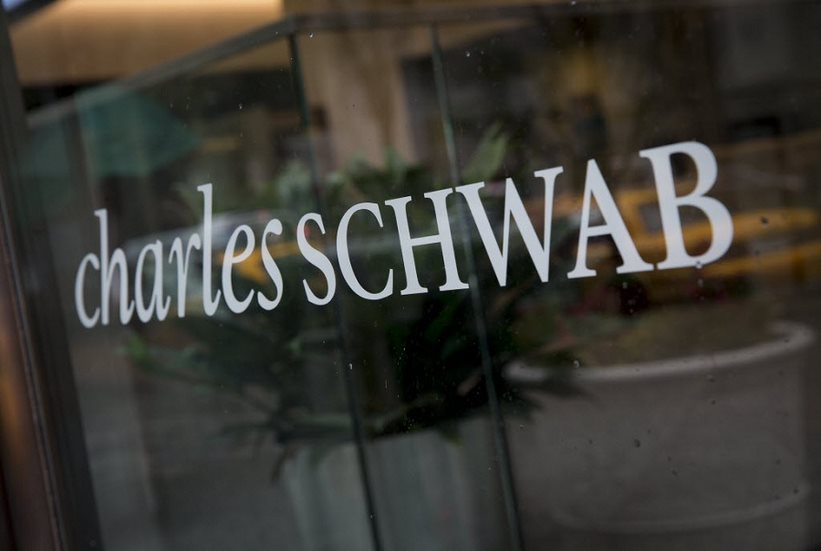

The future of wealth management is about people, and advisory firms that don’t make their workforce a top priority will fall behind the curve, according to the latest RIA benchmarking study from Charles Schwab.
“We’re seeing a shift where more than ever the emphasis is on people being the differentiator of their future,” said Lisa Salvi, managing director of business consulting and education at Schwab Advisor Services.
This year’s study, based on research into more than 1,000 advisory firms representing nearly 13,000 employees across 27 roles, found that recruiting talent has risen to be the second highest strategic priority for firms, which is the highest it has ever ranked in the Schwab studies.
The study showed that 80% of advisory firms are hiring, and Salvi said that dynamic is exacerbated by the trends toward job changing and resignations at a time of economic uncertainty.
“People are not just evaluating where they work, but they’re asking themselves why they work,” she said.
The main driver behind the focus on adding staff is as straightforward as the growth of the wealth management industry and the increasing demand for financial advice.
A firm that's the median size today, with eight employees, 298 clients, $439 million under management and $2.6 million worth of annual revenue, will likely need to add six additional employees over the next five years as the business continues to grow.
Using a projected compound annual growth rate of assets under management, the Schwab report expects the median firm five years from now to have 14 employees, working with 383 clients, managing $791 million in total assets, and generating revenue of $3.8 million.
“As a good rule of thumb for advisory firm, for every $325,000 in revenue, add one new role,” Salvi said. “That role can be client facing, an operational team member, or sometimes it’s very specialized at larger firms.”
The research shows that the general compensation mix across all advisory firm roles includes a base salary representing 79% of total compensation, while 10% is performance-based, 7% is tied to revenue, and 4% is in the form of ownership profit distributions.
But Salvi said compensation alone will not be enough to attract and retain employees going forward.
“It’s already more competitive to hire, and we’re seeing that in all industries,” she said. “There’s a lot of changing roles in addition to the Great Resignation.”
In addition to good pay, Salvi said advisory firms need to focus on opportunities for incentive compensation and a career path for employees.
“You should be talking about things like the culture of the firm, flexibility, continuing education and professional development,” she said. “And try to have a signature program, something that helps you stand out. At Schwab, for example, we have a sabbatical program where you get a month off every five years. Compensation is important but it’s not the whole picture.”

Despite a lighter regulatory outlook and staffing disruptions at the SEC, one compliance expert says RIA firms shouldn't expect a "free pass."

FINRA has been focused on firms and their use of social media for several years.

RayJay's latest additions bolster its independent advisor channel's presence across Pennsylvania, Florida, and Washington.

The deal ending more than 30 years of ownership by the Swiss bank includes six investment strategies representing more than $11 billion in AUM.

Divorce, widowhood, and retirement are events when financial advisors may provide stability and guidance.
How intelliflo aims to solve advisors' top tech headaches—without sacrificing the personal touch clients crave
From direct lending to asset-based finance to commercial real estate debt.
